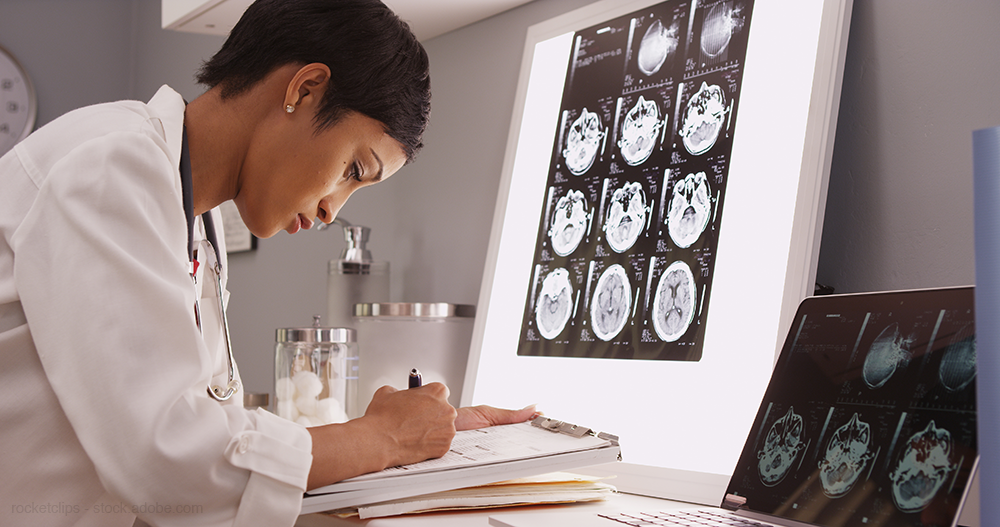Provider Stress and Patient Safety
How radiologist burnout affects patient safety.

Stress and burnout are commonplace in today’s healthcare environment, but these phenomena affect more than just the individual provider. The effects can trickle down to the patient, sometimes endangering his or her safety.
During this year’s annual meeting for the American Healthcare Radiology Administrators: The Association for Medical Imaging Management (AHRA), radiation therapist Cheryl Turner, EdD, founder of the continuing education podcast Rad-Cast, discussed various workplace stresses that can negatively impact patient safety, as well as what you can do to potentially side-step or address these issues.
“Burnout and stress are very common, and a lot goes on to get to that point,” she says. “And, in many cases, the stories from radiation sciences are somewhat unique.”
Within radiology, she says, having a business or practice model that prioritizes productivity over patients sets the stage for a detrimental effect. In these situations, providers are frequently overworked and offices are understaffed, a combination that contributes significantly to errors.
“Many practices and departments are trying to do more with less,” Turner says. “This inherently creates an environment where situations can arise where there will be miscommunications.”
Related article: 7 Reasons Rads Burn Out-And How to Cope
In these cases, providers and technologists could be distracted by an overflow of patients, too many orders, or the volume of details associated with treating any number of patients. Consequently, she says, it’s possible patients could receive the wrong radiation dose or the wrong patient could be imaged.
In addition, many incidents of patient safety errors can be traced back to a dearth of training. Frequently, technologists and therapists are presented with new pieces of equipment, processes, or initiatives, but they don’t receive sufficient guidance on implementation, increasing the chances of a mistake.
“Vendors will frequently come in and do a lunch-time training session, and then equipment or software are implemented on the fly,” she says. “In these increasingly stressed environments, lack of training and education is often cited as one of the highest risk factors for patient events.”
Ultimately, Turner says, addressing issues surrounding understaffing and overwork will be critical to avoiding patient safety problems long-term. Wellness programs, morning huddles, and self-determined time-outs are temporary fixes that, while helpful, cannot create lasting change. Instead, embrace the difficult conversations that could change your workflow, your staffing, and patient care protocols.
It’s most important, she says, to foster an environment where providers and technologists feel they can ask questions and discuss mistakes without fear of reprisal. She also recommends giving them the freedom to make suggestions about ways to improve and minimize existing distractions. Open discussion is critical to addressing any concerns or issues that have a detrimental downstream effect on patient care and patient safety.
“Communication is key to overcoming the stresses we face. The model of productivity over patients must be reimagined. We are patient caregivers first,” she says. “It’s understandable that we must be productive to maintain the financial situation of the institution, but if we lose sight of patient safety, the productivity will never pay out.”